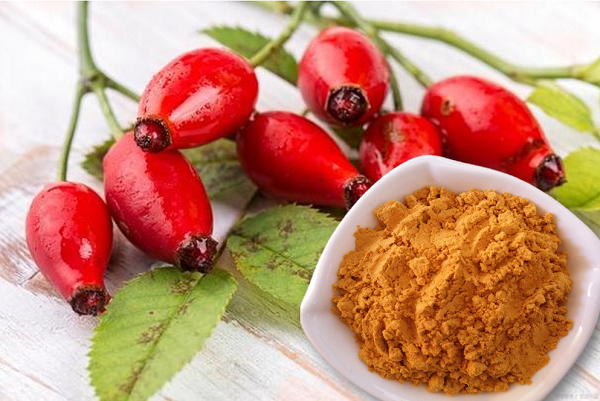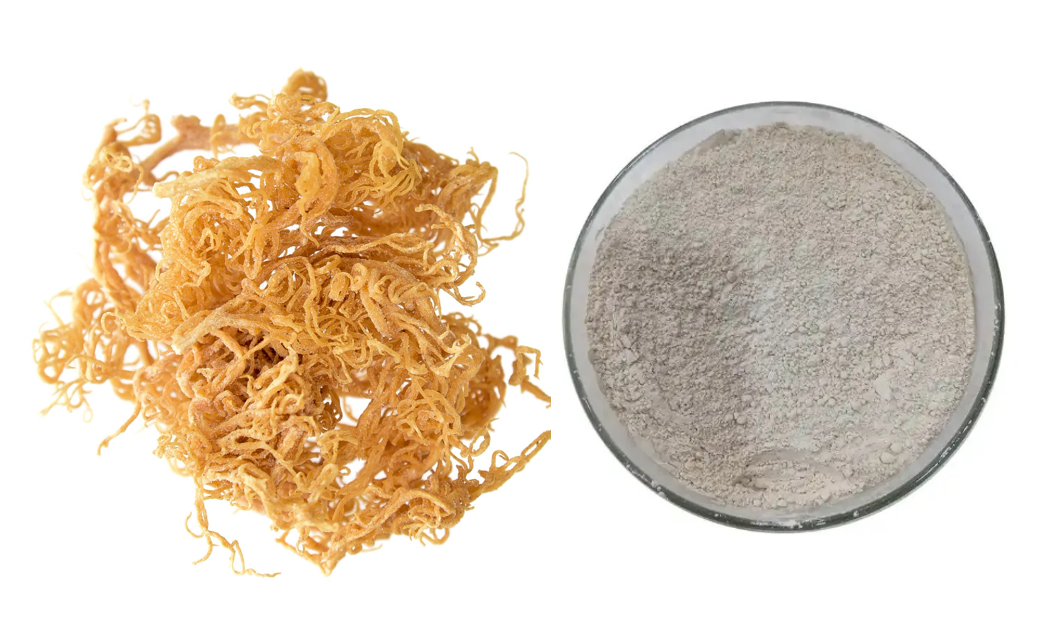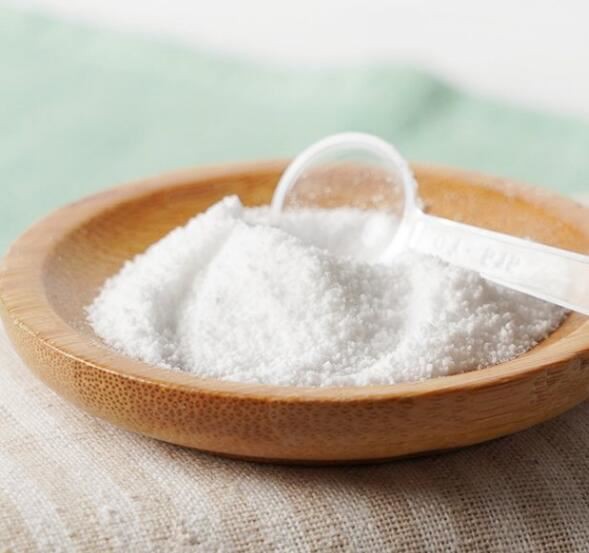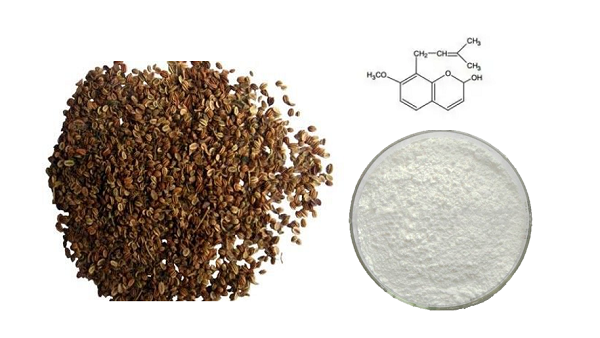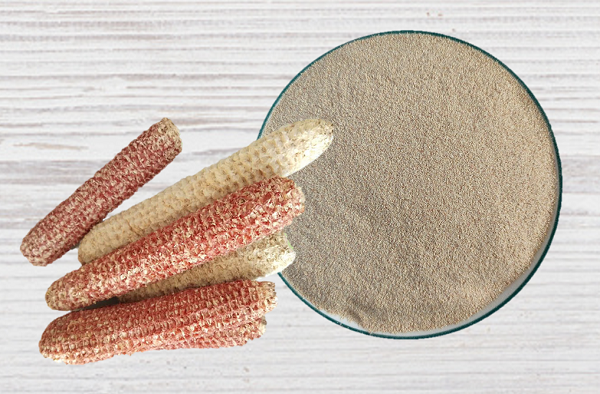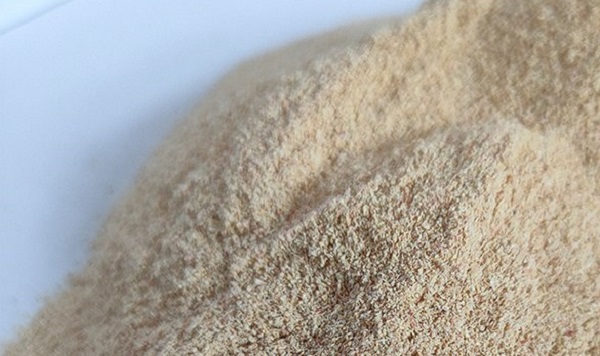Follow Us:
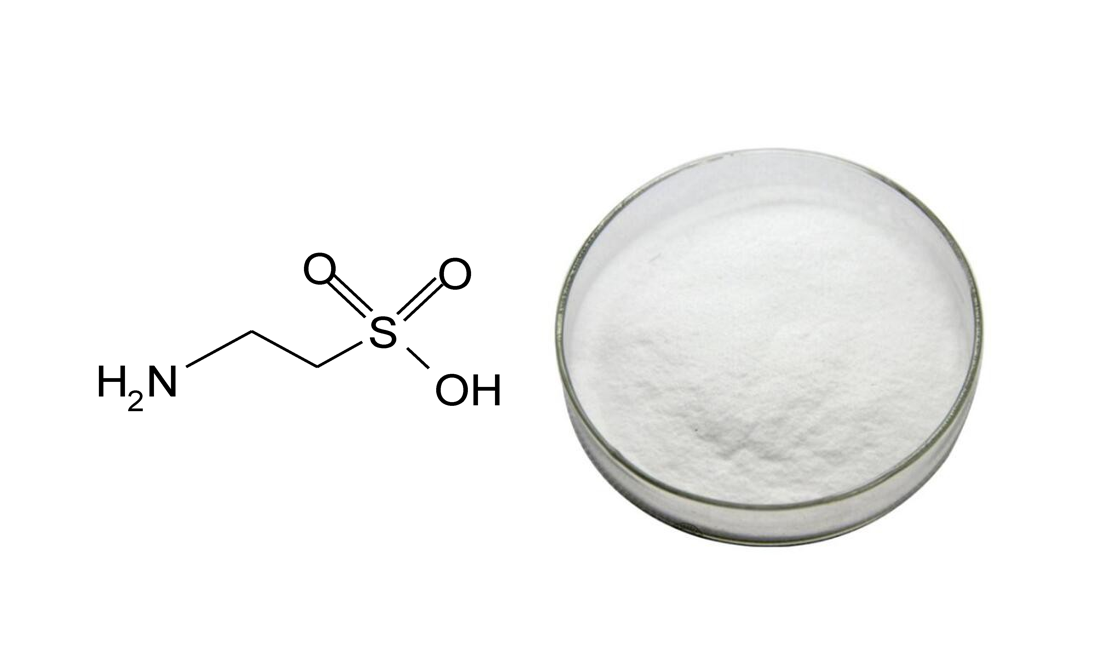
Taurine for Dogs: What You Need to Know
Taurine is an often overlooked nutrient that can play a vital role in your dog’s overall health. But what is taurine, and why is it so important for dogs? In this blog post, we’ll explore what taurine is, its benefits for dogs, and how to ensure your pet gets enough of it.
What is Taurine?
Taurine is used as a food additive for cats (who require it as an essential nutrient), dogs, and poultry. It is an amino acid that plays several critical roles in the body, from supporting heart function to maintaining eye health. Unlike some amino acids that are “essential” (meaning they must be obtained from food), taurine is typically classified as “non-essential” for dogs because most dogs can synthesize it on their own. However, recent research has shown that some dogs may not produce enough taurine, leading to potential health issues.
Taurine Chemical Structure
- IUPAC Name: 2-aminoethanesulfonic acid
- Molecular Formula: C₂H₇NO₃S
- Molecular Weight: 125.15 g/mol
- Functional Groups:
- Amino group (-NH₂)
- Sulfonic acid group (-SO₃H)
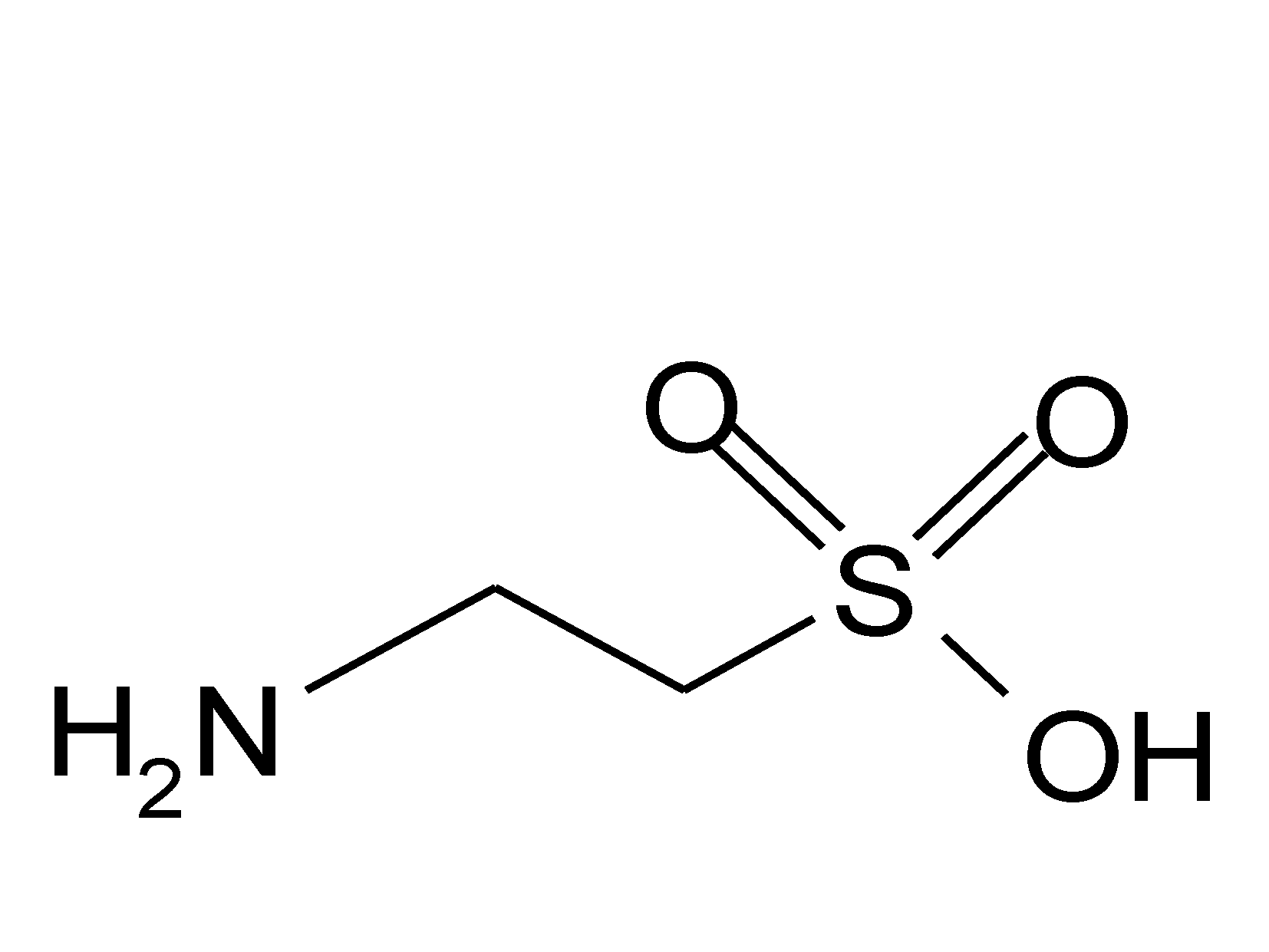
Physical Properties
- Appearance: White, crystalline powder (often found in a crystalline form in supplements and as a component of energy drinks).
- Solubility:
- Water solubility: Highly soluble in water. Taurine is an ionic compound due to the presence of both the amino and sulfonic acid groups, making it readily dissolve in aqueous solutions.
- Solubility in organic solvents: Poorly soluble in organic solvents like ethanol or chloroform.
- Melting Point: Taurine decomposes before it melts (approximately 305°C). It doesn’t have a clear melting point but undergoes thermal decomposition at higher temperatures.
- pKa (Acid dissociation constant):
- Taurine has a pKa around 7.7, indicating it exists mostly in its zwitterionic form (a molecule with both a positive and negative charge) at physiological pH (~7.4).
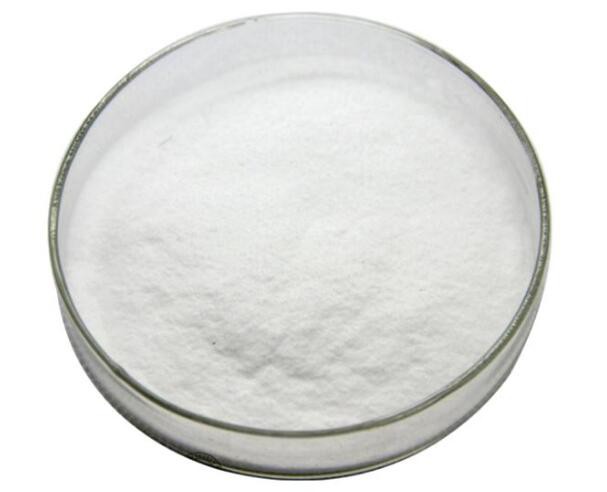
Taurine Benefit for Dog
Heart Health: Taurine is vital for maintaining proper heart function. It helps regulate the heart’s rhythm and supports the muscles of the heart. A deficiency in taurine has been linked to a condition called dilated cardiomyopathy (DCM), which can cause the heart to enlarge and weaken, leading to reduced pumping efficiency.
Eye Health: Taurine is also found in the retina of the eye, where it plays a crucial role in protecting the eyes from oxidative stress and maintaining proper vision. A taurina deficiency can result in retinal degeneration, which may lead to blindness over time.
Digestive Health: Taurine is involved in bile acid production, which helps your dog digest fats and absorb fat-soluble vitamins. A lack of taurine can affect the digestive process and lead to gastrointestinal issues.
Reproductive Health: Taurine is essential for the health of your dog’s reproductive system. Some studies suggest that taurine supplementation may improve fertility in both male and female dogs.
Signs of Taurine Deficiency in Dogs
Since taurine is involved in several vital bodily functions, a deficiency can lead to various health issues. Here are some signs that your dog may not be getting enough taurine:
- Heart Issues: Coughing, difficulty breathing, or a decrease in exercise tolerance can be signs of heart disease, particularly dilated cardiomyopathy.
- Vision Problems: If your dog is having trouble seeing, bumping into things, or appears disoriented, it may indicate retinal issues.
- Fatigue or Weakness: Low energy levels, weakness, or lethargy could be a result of muscle weakness due to taurine deficiency.
- Gastrointestinal Distress: Vomiting, diarrhea, or lack of appetite can also be symptoms of taurine-related digestive issues.

How Do Dogs Get Taurine?
While many dogs can synthesize taurine from other amino acids like cysteine and methionine, certain breeds may not produce enough taurine on their own, putting them at risk for deficiencies. It’s important to note that taurine production can be influenced by diet, genetics, and overall health.
Taurine in Dog Food
Many commercial dog foods contain taurine as part of their ingredient list, but not all brands include it in the optimal amounts. Some dog foods, especially grain-free formulas, have been linked to an increased risk of taurine deficiency. If you’re feeding your dog a grain-free diet, consider speaking with your veterinarian about taurine supplementation or whether the food you’re using is sufficient in taurine levels.
Should You Supplement Taurine for Dogs?
If you are concerned that your dog isn’t getting enough taurine, it’s a good idea to consult your veterinarian before adding supplements. Your vet may recommend taurine supplements if your dog is showing signs of deficiency or if they are at higher risk due to their breed, diet, or existing health conditions.
Taurine Supplements: What to Look For
If your veterinarian suggests taurine supplements, they may recommend products that contain pure taurine or combine taurine with other heart-health supplements like carnitine or coenzyme Q10 (CoQ10). It’s important to follow the recommended dosage instructions and not exceed the recommended amount, as excessive taurine can have its own set of side effects.
How is Taurine Manufactured?
Taurine can be synthesized both biologically and chemically. Here’s an overview of the different methods used for the production of taurine:
1. Chemical Synthesis of Taurine
The chemical synthesis of taurine is the most widely used method, and it generally involves a two-step process:
Step 1: Synthesis of Isethionic Acid (Ethanesulfonic acid)
The starting material for chemical synthesis is usually an alkylating agent such as ethylene oxide (or ethene), which is reacted with sodium bisulfite to produce isethionic acid (ethanesulfonic acid).
- Reaction: Ethylene oxide (C2H4O)+Sodium bisulfite (NaHSO3)→Isethionic acid (HOCH2CH2SO3Na)
Step 2: Ammoniation to Form Taurine
In the second step, isethionic acid undergoes amination (addition of an amine group) with ammonia (NH₃), which introduces the amino group (-NH₂) to form taurine (2-aminoethanesulfonic acid).
- Reaction: IsethIsethionic acid (HOCH2CH2SO3Na)+Ammonia (NH3)→Taurine (HOCH2CH2SO3H)
The final product is taurine, which can be purified through crystallization or other methods to achieve the desired purity.
2. Biotechnological or Fermentation Method
While chemical synthesis is the dominant method for large-scale production of taurine, there has been interest in biotechnological production using fermentation processes, which are more environmentally friendly and can be sustainable. This method involves microbial fermentation of suitable precursors using bacteria or yeasts.
Fermentation Process
In this method, microorganisms (such as Escherichia coli or other genetically engineered microbes) are used to metabolize simple sugars (like glucose) or amino acids into taurine. The fermentation process may involve genetic modification of the organisms to enhance taurine production by overexpressing genes involved in taurine biosynthesis pathways.
Where to Buy Taurine?
GREEN AGRI is a taurine manufacturer with 20 years of experience. We specialize in producing high-quality taurine for sale. Just send an email to info@greenagribio.com to get bulk taurine.
Conclusion
While taurine is not considered an essential amino acid for most dogs, ensuring your pet gets enough of this vital nutrient can help maintain their heart health, vision, and overall well-being. By providing a balanced diet with taurine-rich foods and discussing supplementation options with your veterinarian, you can help prevent taurine deficiency and support your dog’s long-term health.
FAQs
Do all dogs need taurine supplements?
Not all dogs need taurine supplements. Healthy dogs eating a balanced diet, especially those with high-quality animal protein, typically produce sufficient taurine.
Can taurine help with heart disease in dogs?
Yes, taurine supplementation can be beneficial for dogs with dilated cardiomyopathy (DCM) or other heart conditions, particularly in breeds that are prone to taurine deficiency. However, taurine should be used alongside other treatments prescribed by your vet.
How can I increase taurine in my dog’s diet?
Taurine is naturally found in animal-based proteins, so increasing the amount of meat, poultry, fish, or eggs in your dog’s diet can boost taurine intake. For dogs on commercial dog food, look for formulas that list taurine as an added ingredient.
Reference:
https://en.wikipedia.org/wiki/Taurine
https://pubchem.ncbi.nlm.nih.gov/compound/Taurine













